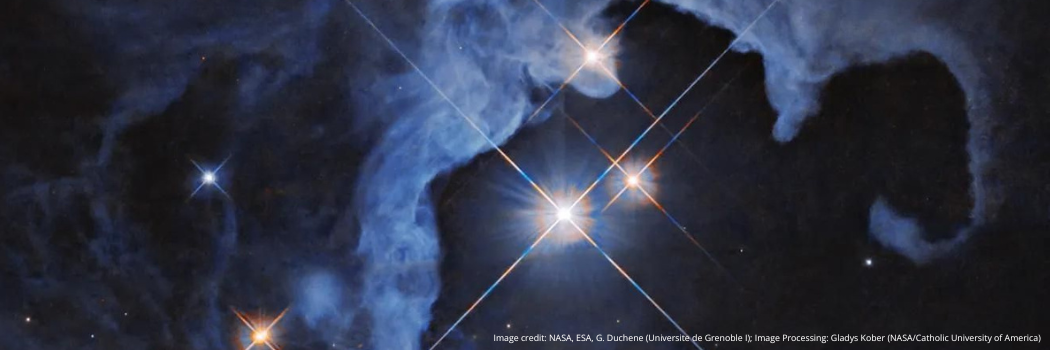
A team of astrophysicists, led by our Institute for Computational Cosmology, have developed a new model that could estimate how likely it is for intelligent life to emerge in our Universe and beyond.
In the 1960s, American astronomer Dr Frank Drake came up with an equation to calculate the number of detectable extraterrestrial civilisations in our Milky Way galaxy.
More than 60 years on, researchers at Durham, the University of Edinburgh and the Université de Genève, have produced a new model based on the conditions created by the acceleration of the Universe's expansion and the amount of stars formed instead.
The calculation
It is thought that the expansion of the Universe is being driven by a mysterious form of energy called 'dark energy' that permeates space and makes up over two thirds of the Universe.
This new research has calculated the fraction of ordinary matter converted into stars over the entire history of the Universe, for different dark energy densities.
The model predicts this fraction would be approximately 27 per cent in a universe that is most efficient at forming stars, compared to 23 per cent in our Universe.
The new model could allow scientists to understand the effects of differing densities of dark energy on the formation of structures in the Universe and the conditions for life to develop in the cosmos.
Dark energy's impact on our existence
At present, there is no satisfactory explanation of what dark energy is and of its abundance in the Universe. Dark energy makes the Universe expand faster, balancing gravity's pull, creating a Universe where both expansion and structure formation are possible.
However, for life to develop, there would need to be regions where matter can clump together to form stars and planets, and it would need to remain stable for billions of years to allow life to evolve.
Since stars are a precondition for the emergence of life as we know it, this new calculation could be used to estimate the probability of generating intelligent life in our Universe, and in a multiverse scenario of hypothetical different universes.
Crucially, the research suggests that the astrophysics of star formation and the evolution of the large-scale structure of the Universe combine in a subtle way to determine the optimal value of the dark energy density needed for the generation of intelligent life.






